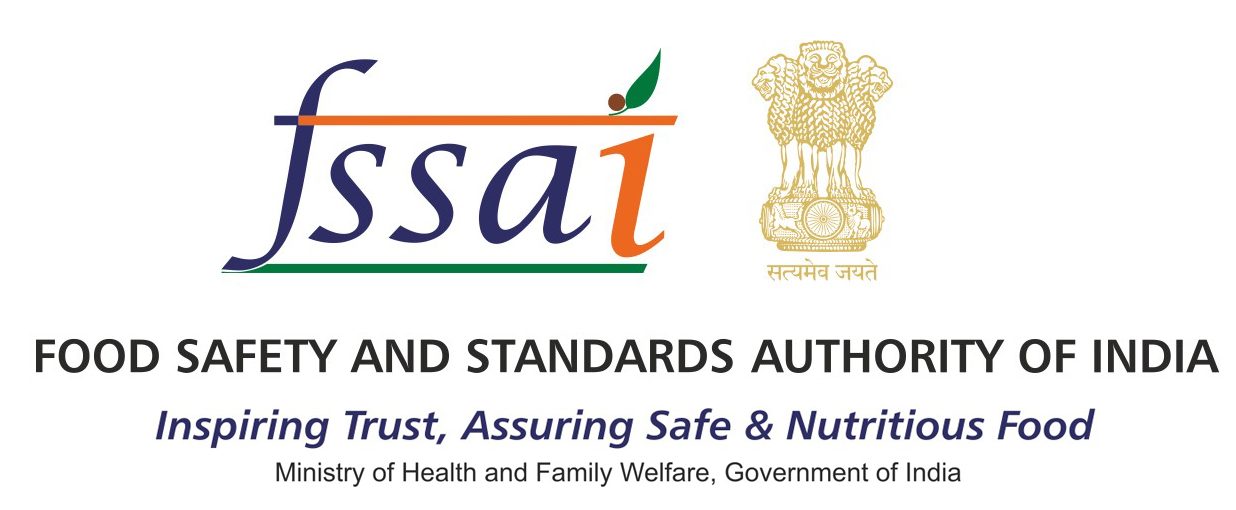Overview
A US Study analysed the eating habits of nearly 60,000 US households and found that as daily temperatures rose, so did the intake of products like soda, juices, and ice creams. The increase was most evident among low-income and less-educated groups, suggesting that climate change may deepen existing health inequalities. Published in Nature Climate Change, the findings show that for every 1°C rise in daily temperature between 12°C and 30°C, an individual consumed an additional 0.7 grams of sugar per day. The researchers explained that hot weather often triggers both physiological and psychological cravings for liquids and chilled sweet products.
Beverages Lead the Surge
The team identified sweetened beverages as the main driver of this increase, with consumption rising sharply across the 12–30°C temperature range. They based their findings on supermarket transaction records collected between 2004 and 2019, which tracked purchases through barcode scans. Researchers from the US, UK, and China stressed that overconsumption of added sugar is already linked to obesity, diabetes, and other metabolic disorders. They warned that global warming could push sugar intake even higher, creating additional health burdens for vulnerable communities.
Already Exceeding Guidelines
The study also referenced a 2020 analysis, which showed that Americans aged two years and above consumed more than 70 grams of added sugars per day in 2017–2018. This far exceeds the recommended dietary limit of less than 10% of daily calories from added sugar — equivalent to about 60 grams in a 2,400-calorie diet.
Looking Ahead
Projecting future trends, the researchers estimated that average sugar consumption in the US could rise by about three grams per person per day by 2095. Women and socio-economically disadvantaged groups could face the sharpest increases. “Our analysis provides empirical evidence on how weather conditions influence sugar consumption,” the authors said. “These insights can help shape cost-effective programmes and policies aimed at reducing sugar intake under a changing climate.”
Source: ET Health World
 Food Manifest
Food Manifest 
















